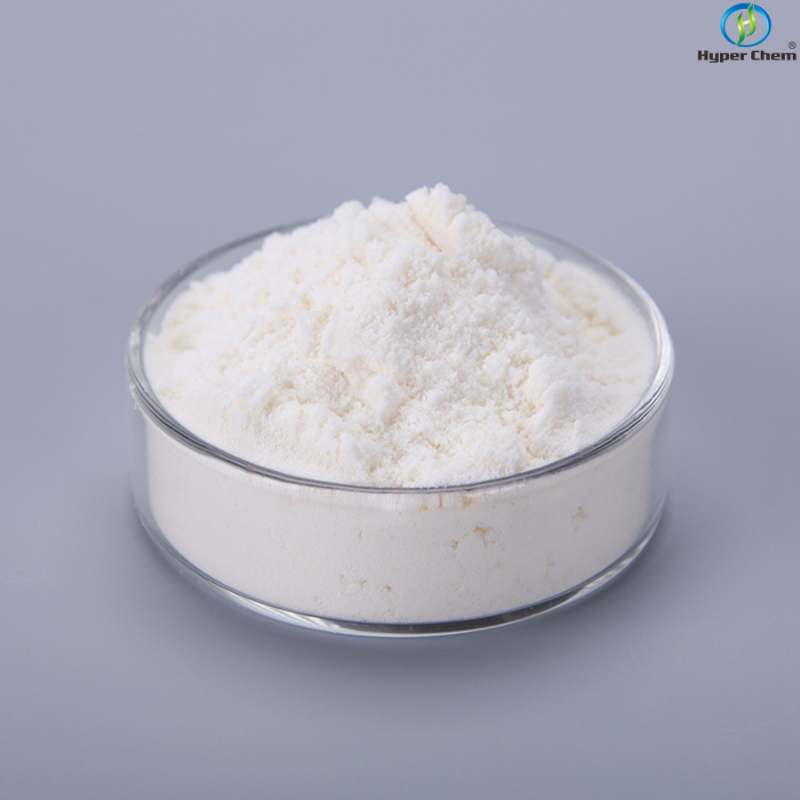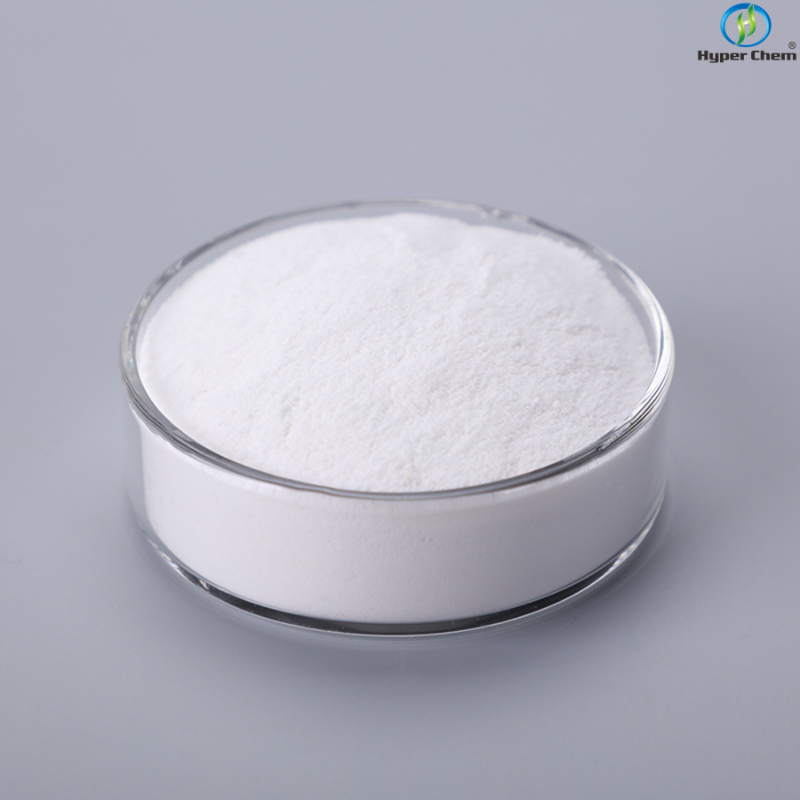-
Categories
-
Pharmaceutical Intermediates
-
Active Pharmaceutical Ingredients
-
Food Additives
- Industrial Coatings
- Agrochemicals
- Dyes and Pigments
- Surfactant
- Flavors and Fragrances
- Chemical Reagents
- Catalyst and Auxiliary
- Natural Products
- Inorganic Chemistry
-
Organic Chemistry
-
Biochemical Engineering
- Analytical Chemistry
-
Cosmetic Ingredient
- Water Treatment Chemical
-
Pharmaceutical Intermediates
Promotion
ECHEMI Mall
Wholesale
Weekly Price
Exhibition
News
-
Trade Service
Classic Hodgkin lymphoma (cHL) is one of the most common malignancies in children
and adolescents .
Thanks to treatments that include dose-dense chemotherapy , the disease has a cure rate of more than 90%
Lymphoma children , the cure rate of the disease has reached more than 90% , and the cure rate of the disease has reached more than 90% management
We now need effective risk stratification tools to customize individualized treatment regimens
.
In this study, researchers used gene expression profiling (GEP) to study tumor microenvironment (TME) biology, identify molecular correlates of treatment failure, and develop predictive models for the prognosis of children with classic Hodgkin lymphoma
sample size
sample sizeGene expression profiling of 246 paraffin tissues from patients in the Children's Oncology Group trial AHOD0031 was compared with data from adults with classic Hodgkin lymphoma
.
Nine types of cells in the tumor microenvironment
Nine types of cells in the tumor microenvironmentEosinophilic, B-cell, and mast cell signatures were enriched in children, whereas macrophage and stromal signatures were more prominent in adults
.
This is consistent with the previously published results of a previously published model for predicting overall survival in adults with classic Hodgkin lymphoma that failed to validate in children with classic Hodgkin lymphoma
Eosinophils, B cells, and mast cell features are enriched in children, while macrophage and stromal features are more prominent in adults Eosinophils, B cells, and mast cell features are enriched in children, while macrophage and stromal features are more prominent in adults Cellular and matrix features are more prominent in adults
Survival of patients in high-risk and low-risk groups
Survival of patients in high-risk and low-risk groupsIn an independent validation cohort, the researchers observed a significant difference in weighted 5-year event-free survival between the high- and low-risk groups (75.
There was a significant difference in weighted 5-year event-free survival between the high- and low-risk groups (75.
Classical Hodgkin lymphoma in children and adolescents has a unique disease biology different from that in adult patients, which can be used for risk stratification after diagnosis .
Original source:
Rebecca L.
A gene expression–based model predicts outcome in children with intermediate-risk classical Hodgkin lymphoma







